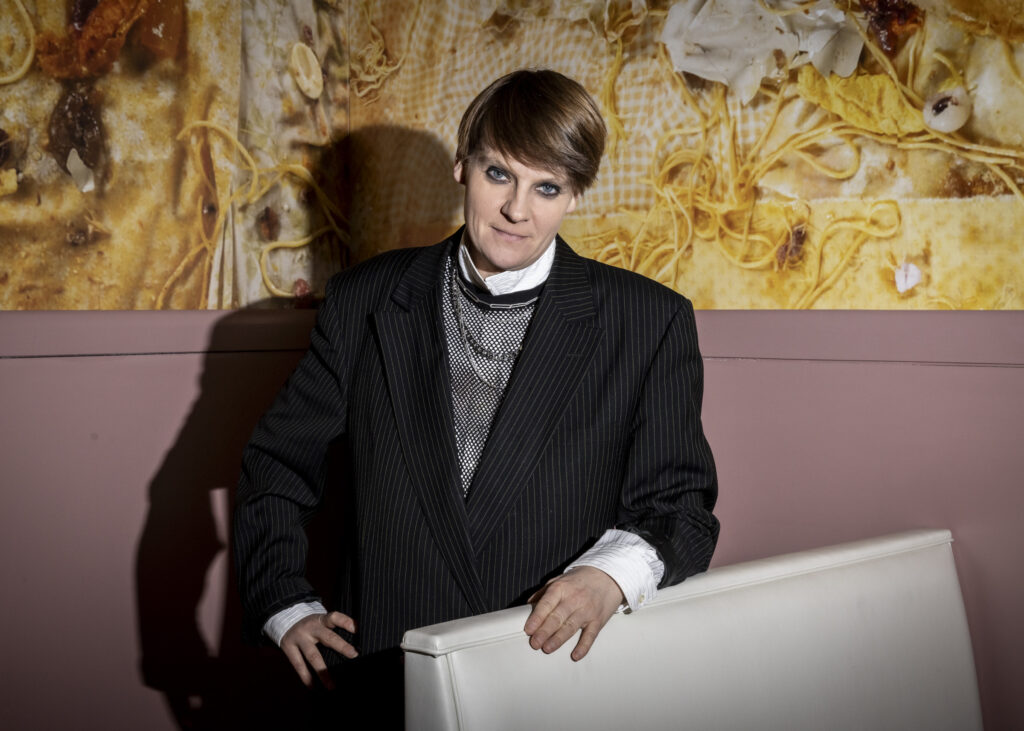
Pati Hertling is, more often than not, in the service of others.
In the more than 20 years since her foray into the art world, Pati has always incorporated cooking—and collaboration—into her work. The offering at the “Evas Arche und der Feminist” art salons that made her a staple in the early-aughts avant-gardes of Berlin and New York? Soup and bread. The accompaniment to gatherings big and small at the East Village nerve center Performance Space, which she has led alongside Taja Cheek and Ana Beatriz Sepúlveda since 2023? Steaks for most, or grilled salmon for the pescatarians. Sustenance for all.
The one-time restitution lawyer uses the act of breaking bread to break down the barrage of information, expectations, and opinions we walk into such events with and invites us, instead, to arrive among the artwork and our fellow guests alert. (After all, there is nothing quite like the act of chewing to ground us in the present.) We shift from bystanders into participants, strangers into neighbors, during these meals. Less fuss, more care—that’s the Pati way.
To give readers a taste of her special sauce, I sat down with Pati to pick her brain about the power of food.
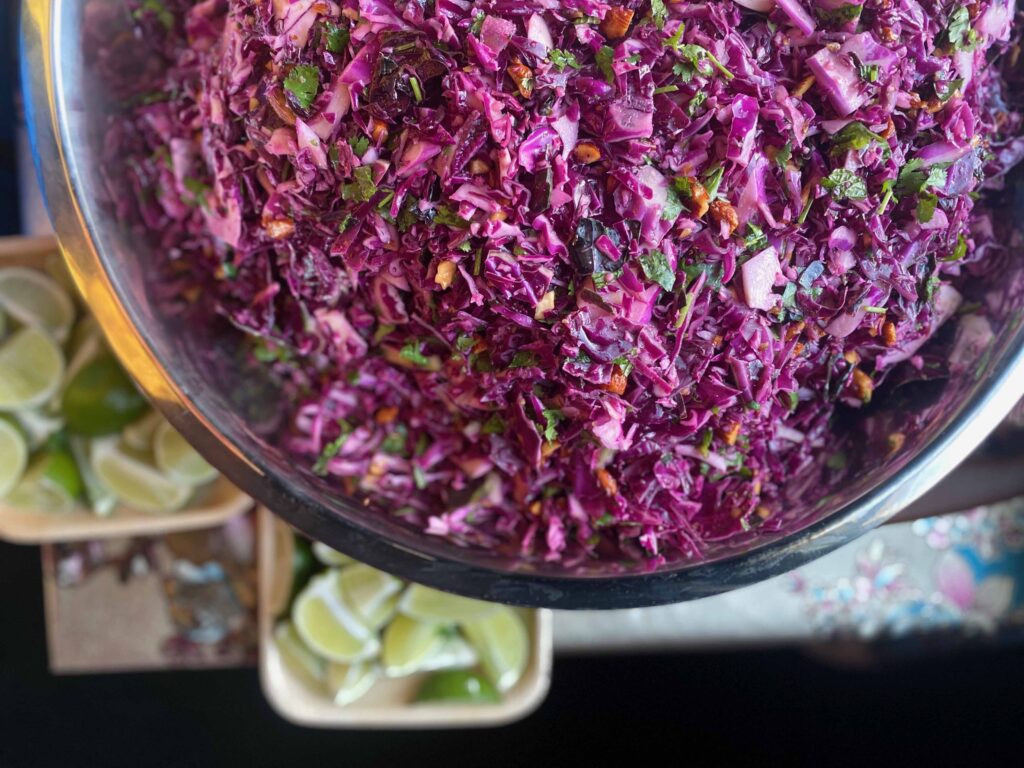
CULTURED: Can you tell me about where you come from and how you grew up?
Pati Hertling: I was born in West Berlin. I grew up in the then American-occupied sector with my twin brother [Alexander Hertling, co-founder of Balice Hertling]. My parents still live in the same apartment where we grew up. They’re 86 now, but they’re very social. Their favorite restaurant in Berlin is the Paris Bar.
CULTURED: Did you guys grow up having family dinners?
Hertling: My parents used to host a lot of dinners when they were younger. There were lots of weekends where we would wake up to the remnants of the party and my parents still sleeping in bed. When we got older, we cleaned up for them—that made them so happy. We thought it was really fun to clean the apartment.
CULTURED:What was the very first salon or art event you organized, and how did you make it happen?
Hertling: I was in East Berlin in law school, so I must have been 19 or 20 years old. I was a bit of a late bloomer, but I made all of these new friends who were not Berliners. A lot of them were from the south of Germany, which has a much more bohemian culture. They were really into food and performance art. With a bigger group of people who were from Berlin, we used to organize club nights. One of them, my friend Peter Kisur, was part of this performance art group called Honey-Suckle Company. We became super close and started talking about how we wanted to [organize] something like a soup kitchen for artists for a better world. We called it “Evas Arche und der Feminist,” which translates to “Eve’s Arc and the Feminist Man.”
Peter felt it was important to say inclusive feminism doesn’t have to be all feminine. We put together a show with multiple people, whom we asked to [contribute] artworks, and we cooked soup and made bread. That was the first of what would go on for five years. It became a real thing—anything you do repeatedly becomes a kind of institution. The constant was a show involving a visual art piece in a janky basement with some kind of live component and bread, wine, and soup.
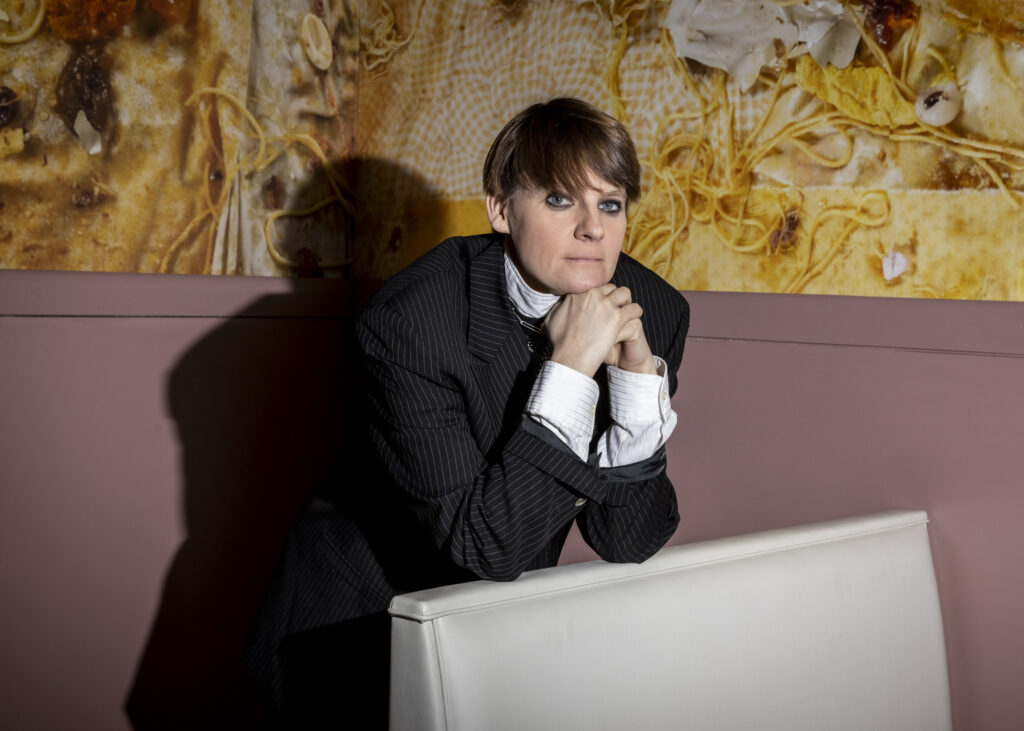
CULTURED: How did you come to New York?
Hertling: I had done a year at Fordham in 2001. After finishing my studies in Germany, I felt like I wanted to get out of Berlin a bit. I was like, “I need to get out today—it’s either Paris or New York.” So I moved back to New York [in 2007]. My good friend, the artist Dirk Bell, was represented by Gavin Brown. Dirk really wanted to do [an edition of] “Evas Arche und der Feminist” at Gavin’s. We did the first one during an exhibition with Dirk and other German artists. And that continued for another five years at Gavin’s.
CULTURED: And there was always soup and bread?
Hertling: Yeah, we tried to theme it a bit so the soup would somehow be in the mood of the show.
CULTURED: And this whole time you’re also working as a lawyer?
Hertling: Yes, I was an art restitution attorney; we represented families who were persecuted during the Holocaust. I think that’s why people let me do things—I never asked for anything because I didn’t really need to make money from it. I was like, “I have this idea, and you don’t have to pay me for it. I just want to do it.”
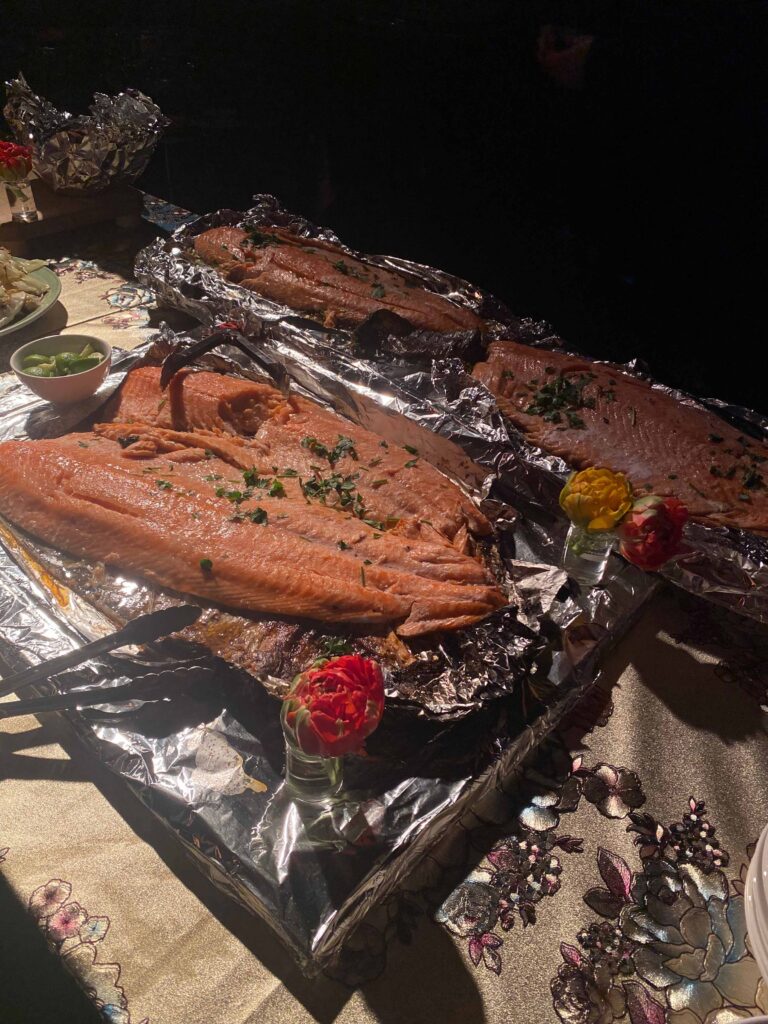
CULTURED: Food is a form of restitution as well, and it’s central to what you do now as the director of performance space. Tell me about how you got there.
Hertling: I was ready to make a step out of the law world and work in the arts as more than a hobby or side gig. I didn’t believe I could actually get a job in the arts because I never went to art school. But I joined Performance Space in 2018 as its deputy director—some artists endorsed me, and I knew Jenny [Schlenzka, who was then executive artistic director]. We had worked with you on Bread and Roses: [A Dinner-Symposium on Women and the Arts] at MoMA PS1.
CULTURED: Which was all about food…it’s not easy to cook soup for 50 people; it takes practice, organization, and intention. When a friend of mine told me that you cook at most of the peformance space openings, I was like, “Patti’s no joke.”
Hertling: I love it. But I don’t do it because I want everybody to say, “Oh, my God, Pati’s such a good cook.” It’s the act of cooking and holding an event where you serve food and you eat together. It’s also about the way it’s presented—there’s something homemade to it. We’ll use mismatched plates and mismatched glass cups rather than just going to the deli and getting 100 plastic cups; those little gestures go a long way. I want someone to experience
being cared for.
And I feel certain social borders break down [during these events]. At Performance Space, the staff and crew are not just serving people, but being served. As an arts administrator who has a responsibility for a physical space, I think about how the space needs to be something that has a feeling and an identity where people can come and say, “I feel good here.” And I think that you do that through food and drink. If you don’t do that, it doesn’t make the room alive.

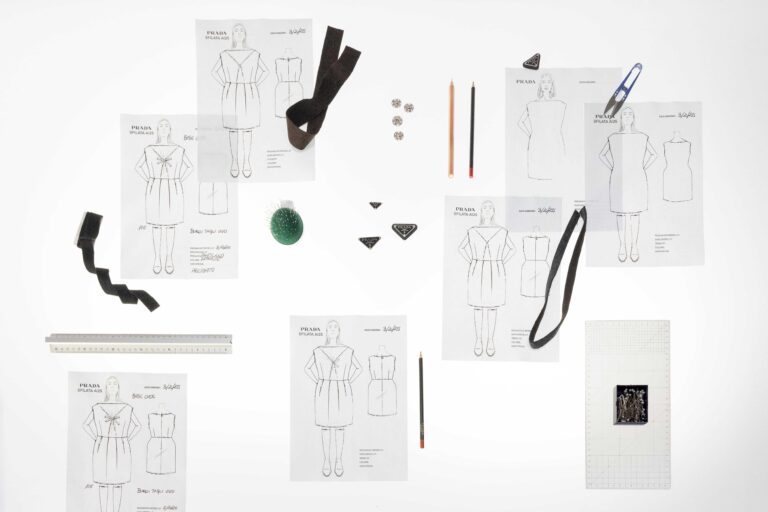
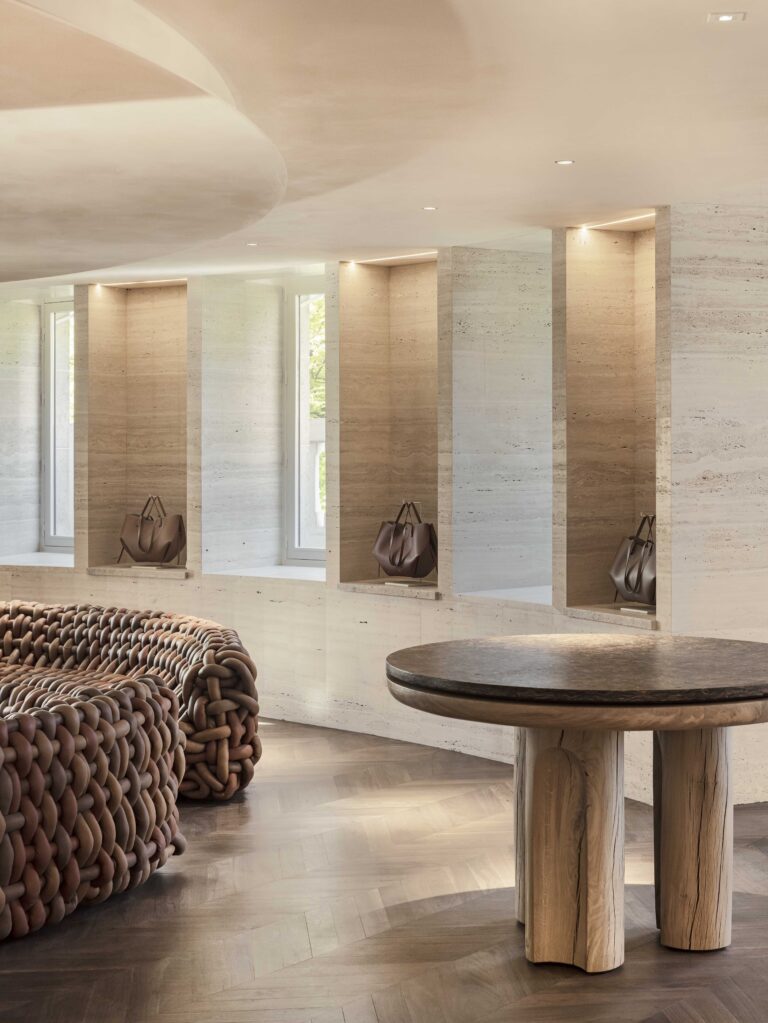
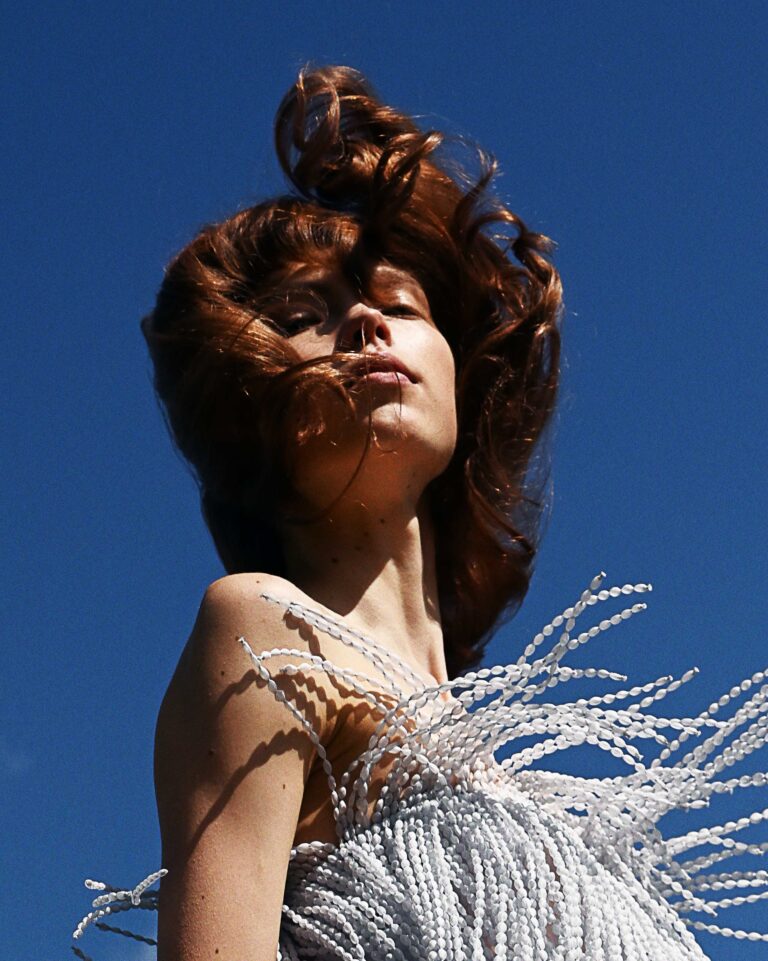
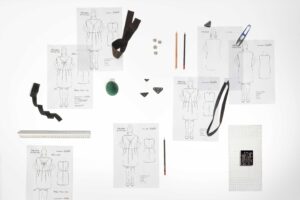





 in your life?
in your life?

